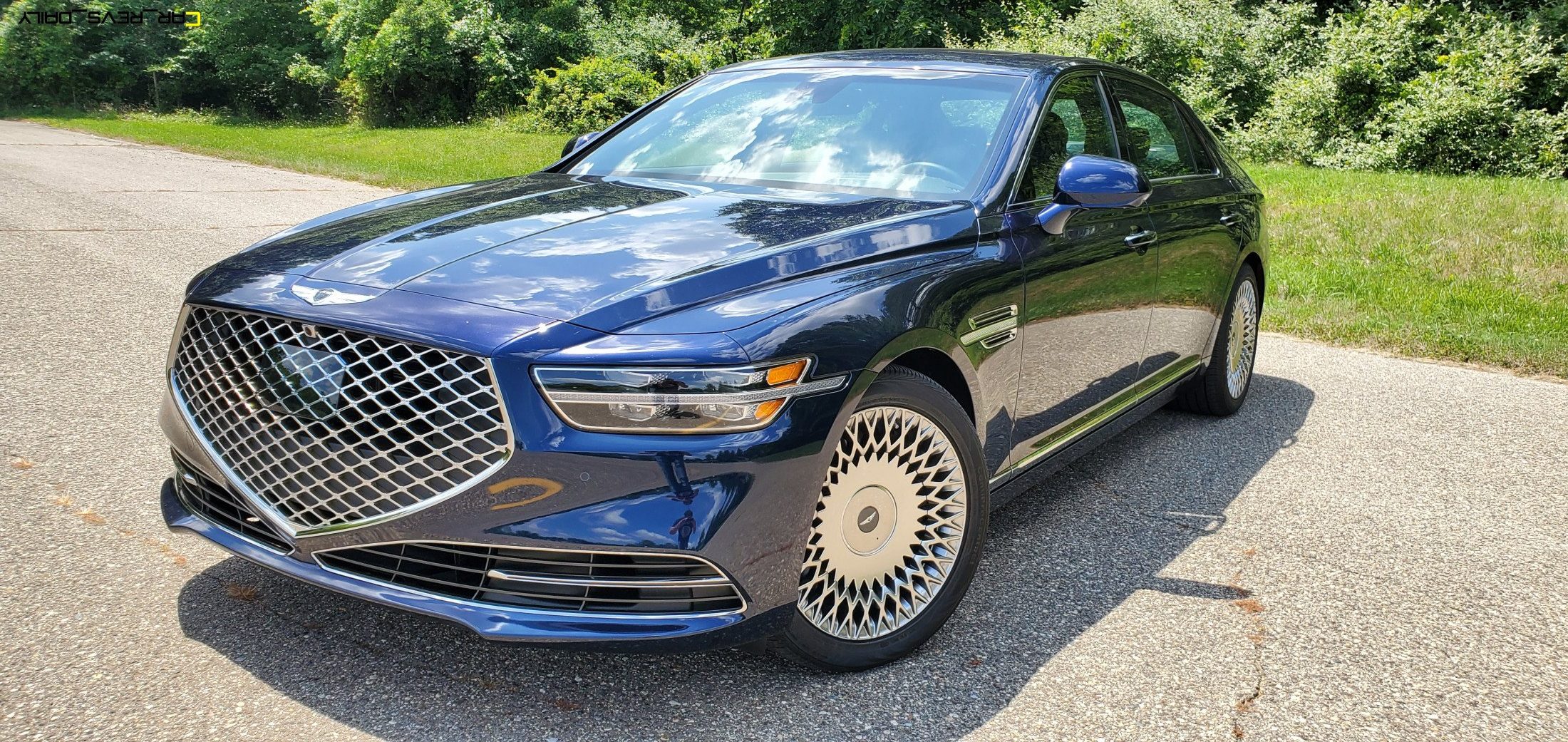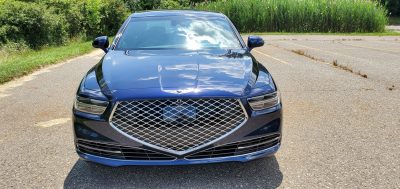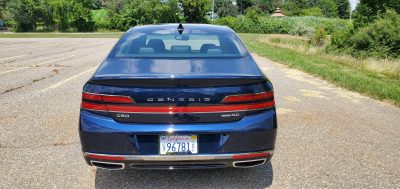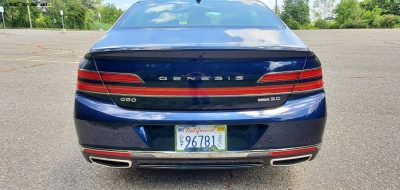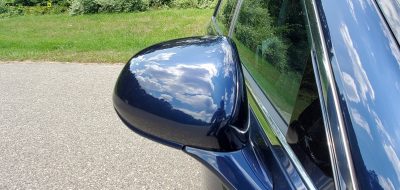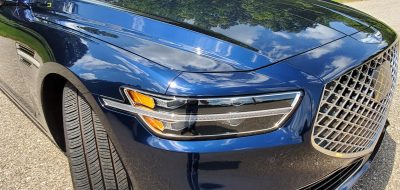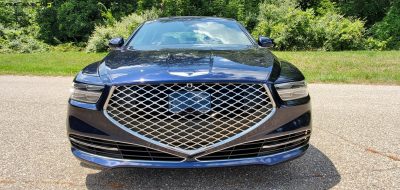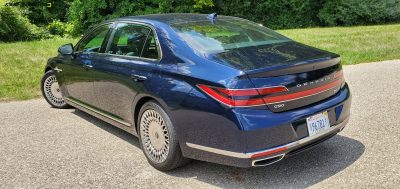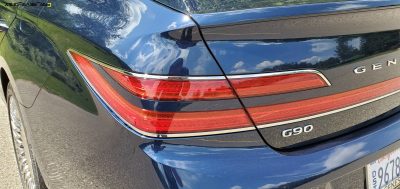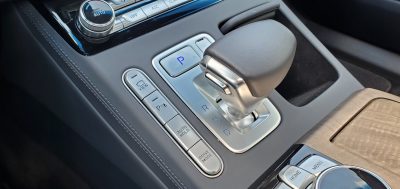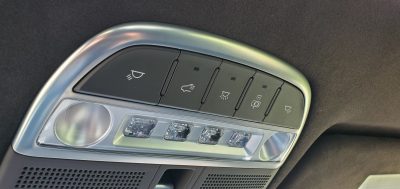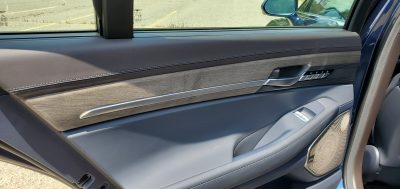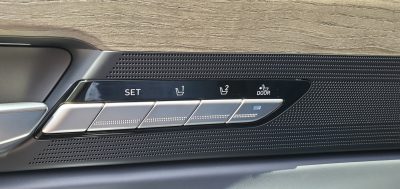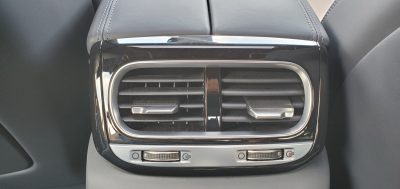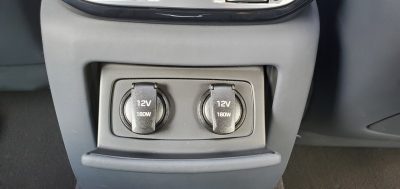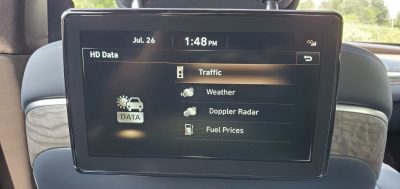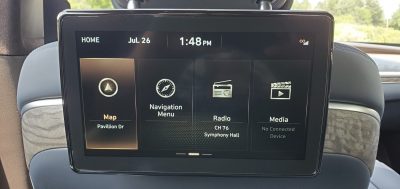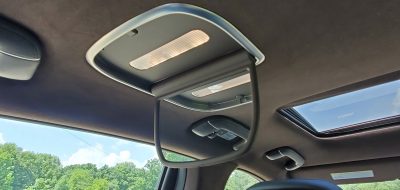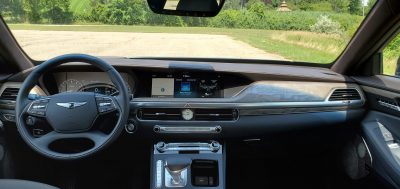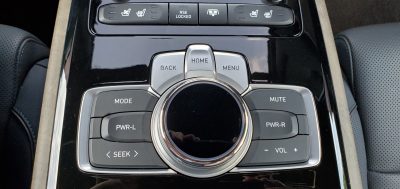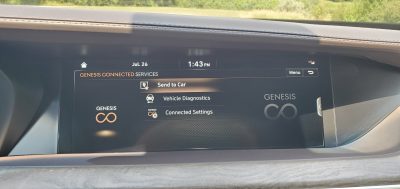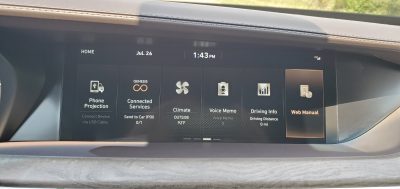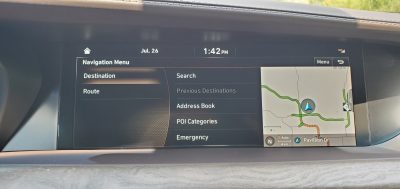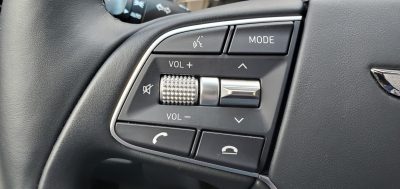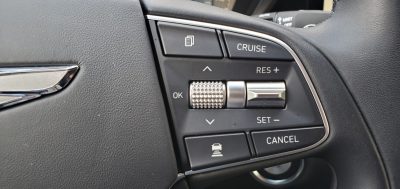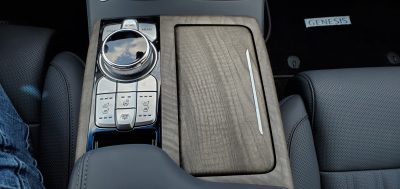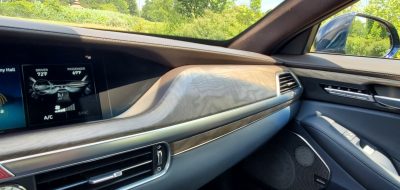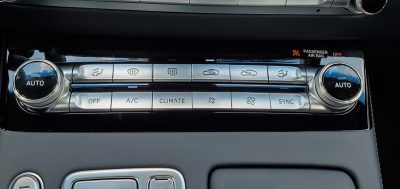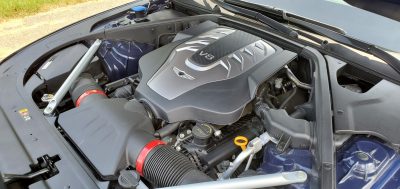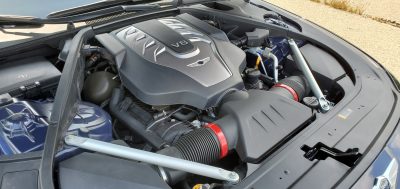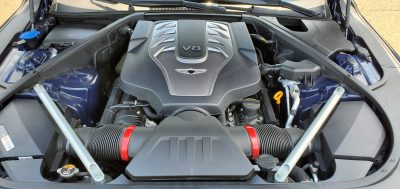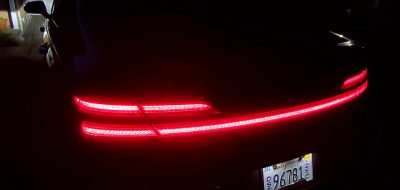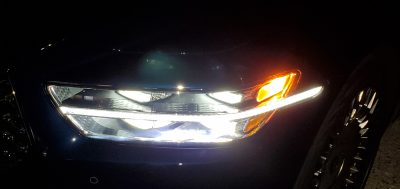When the first generation Genesis G90 appeared on the scene, it was trying to rid itself of a fresh identity crisis that dated back to when it was formerly known as the Hyundai Equus. The Equus was a flagship sedan with potential, but it didn’t get the flashy state of the art fashion designs that its rivals got. Instead, its exterior design was more akin to a bland sweater or cardigan that your relatives got you for Christmas at the last minute. It did the job, but kept people from really noticing its inner talents. The G90 was a welcome improvement, with the car being more elegant and stately than it was before. But while it spearheaded the launch of the new for the time Genesis brand, it too was a bland afterthought. Genesis wants to make a bigger bang this time around, and it has released the revamped 2020 Genesis G90, can it make lightning strike twice?
G90 styling may seem polarizing at first glance, but it sure grows on you
One of the major changes that Genesis made for the G90 was a major design revamp which sees virtually every panel being upgraded over the old car. The new front fascia now has a grille that will ultimately become the family trademark for other models sold by the brand, We like the mesh like material that Genesis used for it, and it manages to even work with the revised headlights. We will admit that beauty is indeed in the eye of the beholder, with some observers not knowing what to make of the package, but the look does grow on you with time. The side profile is stately, and there’s even a prominent belt line that runs right across it. Here, the rims are the focal point, but unlike other alloy wheels we have seen that embrace bolder star shapes and tantalizing views of the brake calipers, the rims here are more reminiscent of the elaborate cotton coasters that you might see on your table at grandmas house, and they have a unique charm to them.
The rear fascia is perhaps the most controversial aspect of the redesign, with the taillights being replaced by an all new set. They have a more technical flavor to them, and are joined together by a small light bar that runs along the central part of the trunk lid. A set of tidy looking exhaust tips are also located there, and they help add a subtle pinch of sport to the package. While the redesign does transform the G90 into a far more compelling instrument, it still lacks the recognition factor that often defines Germany’s best, and with the game constantly changing and evolving via redesigns and technology updates, the G90 still faces an uphill battle to climb when it comes to the fight for relevancy against the Mercedes S-Class and the BMW 7-Series.
Elegant interior continues time honored G90 tradition
While the exterior will undoubtedly draw plenty of stares and discussion, the interior thankfully continues to embody some of the core ideals that we came to love in the first generation G90. Open the door, and you are immediately greeted by an abundance of high quality materials. Real suede, wood and metal trim is used, and there are even welcome splashes of Nappa leather added in to the mix. The seats themselves are adorned in that particular material, and they still offer plenty of long distance comfort, even if that comes at the expense of some bolstering. The overall design may still be a bit understated, but Genesis instead chose to go with content for the dollar, and it had done that with the amount of equipment that is standard on the G90. For instance, unlike some of its competitors, heated and cooled leather seats are standard issue, and a heads up display and a rear powered sun shade are also included as standard. This is in stark contrast to higher priced rivals, which often force you to go for costly option packages to get some of those features added on to them.
The rear seat is still the place to be though in the G90, with occupants back there finding plenty of room to stretch out and relax. The rear seat also continues to offer satellite controls for the radio and other functions via the center armrest, and the empty front passenger seat can be moved forward to improve lounging space. The G90 also offers a spacious trunk, but like others of its pedigree, the elegant Korean does not offer a folding rear seat which means that area is all the cargo space that you are going to get. There is a narrow pass through for long items such as skis, but we hope that Genesis will include at least one folding rear seat in the G90 (it would be a subtle but very noticeable way to stand out.)
Eight cylinder power makes the G90 a smooth operator
Performance for the 2020 Genesis G90 comes from a pair of engines, with base models (and we use that term very loosely) being equipped with a 365 horsepower 3.3liter twin-turbocharged V6. Step up to Ultimate models like our tester, and you are rewarded with a naturally aspirated 5.0 liter V8 that’s good for 420 horsepower. Our tester arrived with all-wheel drive (rear wheel drive is the base configuration) and in theory, is the one to go to for buyers that want more muscle. However, in practice, it’s tough to see the perceived advantages the V8 has over the boosted six cylinder. Sure you get more cylinders, and the expected fat pool of low end torque, but the difference between the two engines in terms of basic driving dynamics is not that discernible.
Both engines are mated to an eight speed automatic and the transmission does a good job silently and smoothly rowing through the gears. The tough task of choosing between the two is even tougher when you consider that fuel economy between the two is very close to each other. The base 3.3 liter is rated by the EPA at 17 mpg in the city and 24 mpg on the freeway, with the V8 only being 1 mpg worse in the city at 16 mpg when equipped with all-wheel drive and 23 mpg on the freeway. Rear wheel drive bumps the highway figure up by 1 mpg, but again, driver preference will ultimately be the deciding factor (versus anything in the stat sheet.)
Handling in our tester was very composed, but as was the case with the first generation G90, it prefers to go through the motions in an orderly manner, with the G90 not quite having the dynamic poise that defines its more expensive rivals. Putting the car into sport mode does help the engine feel more eager in certain driving situations and it even enhances the front seat bolstering, but at the same time, it also feels slightly watered down, and does not wow the senses as vividly as it should. Thankfully braking was strong and secure with our tester delivering smooth and stable stops.
Value Quotient
With an extensive exterior and interior reboot, you would think that pricing for the 2020 Genesis G90 would be noticeably higher than before, but thankfully, the big four door still retains its no nonsense pricing ladder with a base rear wheel drive V6 model starting at $75,450 which is still lower than many of its rivals. All-wheel drive is a small premium naturally, but it’s more of a mere bump in price versus being a more noticeable climb. Choose the V8 model, and you are greeted with a $76,700 base sticker (all-wheel drive models start at $79,200.) Our 2020 model missed the boat when it came to some of the minor revisions that now adorn the 2021 model, but it did arrive with no options whatsoever, which helped it record a final sticker of $79,195. That includes the $995 destination fee, and it still manages to undercut pricier offerings.
Sometimes giving an offering the attention and improvements it needs can truly breathe new life into its mission. The 2020 Genesis G90 is a classic example of this, while we wish that its driving manners had more spark in its step, the G90 is still a very potent value play that rewards you with world class technology, luxury, and style. When combined with its no nonsense pricing ladder, the G90 truly inhabits a unique niche in the marketplace and should resonate nicely with discerning buyers.

Carl Malek has been an automotive journalist for over 10 years. First starting out as a freelance photographer before making the transition to writing during college, his work has appeared on numerous automotive forums as well as websites such as Autoshopper.com.
Carl is also a big fan of British vehicles with the bulk of his devotion going to the Morgan Motor Company as well as offerings from Lotus, MG, and Caterham. When he is not writing about automobiles, Carl enjoys spending time with his family and friends in the Metro Detroit area, as well as spending time with his adorable pets.

